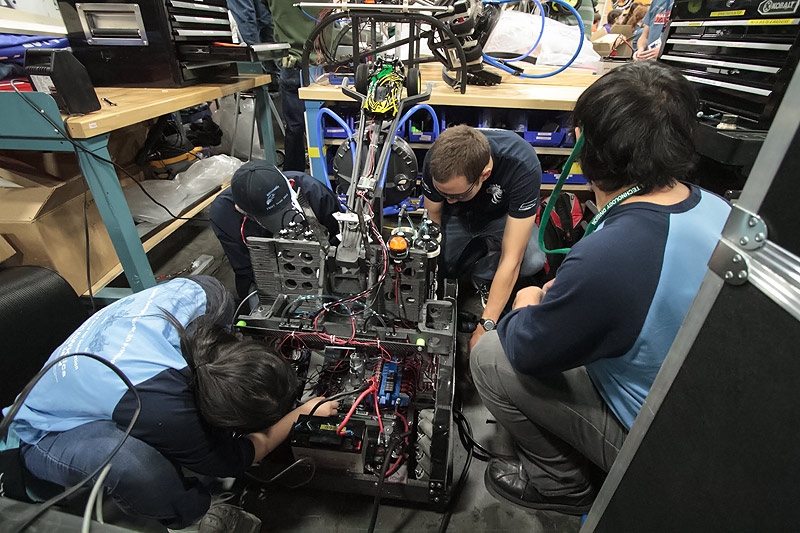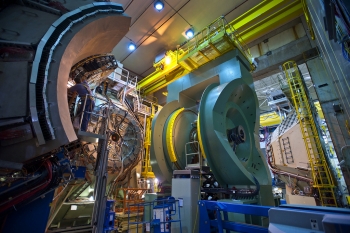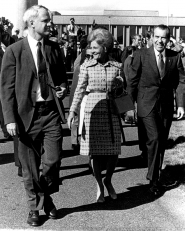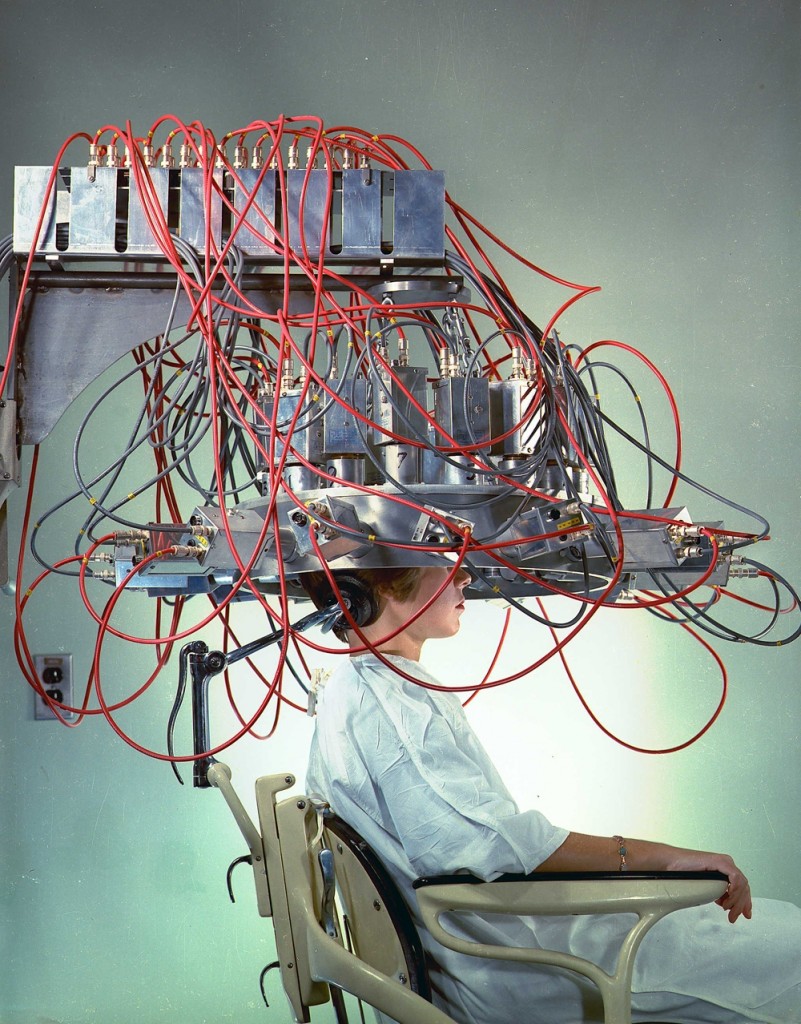For the past six weeks, students in Tennessee have been in front of computers modeling 3D designs and in workshops building robots. Their goal? To win the FIRST Robotics competition and along the way, show the world what’s possible with the next generation of manufacturing. The FIRST robotics competition challenges high school students to design,… Keep reading →
US Department of Energy
Building a Better Future one Robot at a Time
By US Department of EnergySign up and get Breaking Energy news in your inbox.
We will never sell or share your information without your consent. See our privacy policy.Energy Saver 101: Everything You Need to Know about Landscaping
By US Department of EnergyAfter a long, cold winter, Spring has finally sprung. As flowers begin to bloom and trees sprout new leaves, we are finally seeing evidence of the changing season across most of the country. For a large majority of homeowners, that means it’s time to start thinking about landscaping projects. A well-designed landscape not only adds beauty to… Keep reading →
The Science of the Very Fast and Very Small
By US Department of EnergyThis month on Energy.gov, we’ll be exploring the science of the very fast and very small. From particle accelerators used to study the physical world to innovations in nanotechnology that could revolutionize industries, we’ll examine the contributions of the Energy Department’s National Labs to these important frontiers of science. PARTICLE ACCELERATORS Particle accelerators use electric fields to… Keep reading →
A Look Back at the Career of James Schlesinger
By US Department of EnergyDr. James R. Schlesinger — the first person to ever serve as U.S. Secretary of Energy — passed away on March 27, 2014. Known as the “father of the Energy Department,” Schlesinger was tasked by President Jimmy Carter with organizing various smaller agencies — including 40 field offices and about 20,000 employees — into the Energy… Keep reading →
Building Strong, Sustainable Energy Partnerships with Africa
By US Department of EnergyWhen President Obama visited Africa last summer and announced the Power Africa initiative — an effort to double access to power in sub-Saharan Africa — he was clear about the imperative behind the initiative. “In our global economy, our fortunes are linked like never before,” the President said. “So more growth and opportunity in Africa can mean… Keep reading →
Solutions to corrosive problems are often found by looking at both sides of the situation. It was in that spirit that researchers at the Energy Department’s Argonne National Laboratory looked into the corrosive problem of, well, corrosion. One of the world’s most costly and most common chemical reactions, it typically shows up as rust. And… Keep reading →
History of Women at the Energy Department
By US Department of EnergyWomen have been making a significant impact in science, technology, engineering and mathematics (STEM) fields for centuries. Join the Energy Department in celebrating Women’s History Month by viewing this timeline for a glimpse of the accomplishments of women in energy. WOMEN IN STEM — ANCIENT HISTORY TO MODERN TIMES Our timeline starts in the 1940s,… Keep reading →
In 1961, chemists at Brookhaven National Laboratory studied how to detect small brain tumors by analyzing the decay of radioactive material injected into the patient’s bloodstream and absorbed by the tumor. To help them, BNL’s Instrumentation Division built different arrays of detectors, and this circular type proved best. In the 1970s, BNL helped reconstruct the… Keep reading →
Advancing Global Nuclear Security
By US Department of EnergyEditor’s note: This blog post originally appeared on whitehouse.gov. Today the world’s leaders gathered at The Hague for the third Nuclear Security Summit, an opportunity to compare notes on how far we’ve come and chart the course ahead as we work to keep sensitive materials — the building blocks of nuclear weapons — from falling into the… Keep reading →
Sun Rises on Tribal Energy Future in Nevada
By US Department of EnergyLast Friday was a momentous day for the Moapa Band of Paiute in Nevada. Joined by executives of First Solar, the Los Angeles Department of Water and Power, and numerous dignitaries, including U.S. Senate Majority Leader Harry Reid, tribal leaders and community members broke ground on the 250-megawatt Moapa Southern Paiute Solar Project on the… Keep reading →




![Cutting Ribbon at POWER-GEN Africa[5]](https://sites.breakingmedia.com/uploads/sites/2/2014/04/Cutting-Ribbon-at-POWER-GEN-Africa5-1024x652.jpg)





